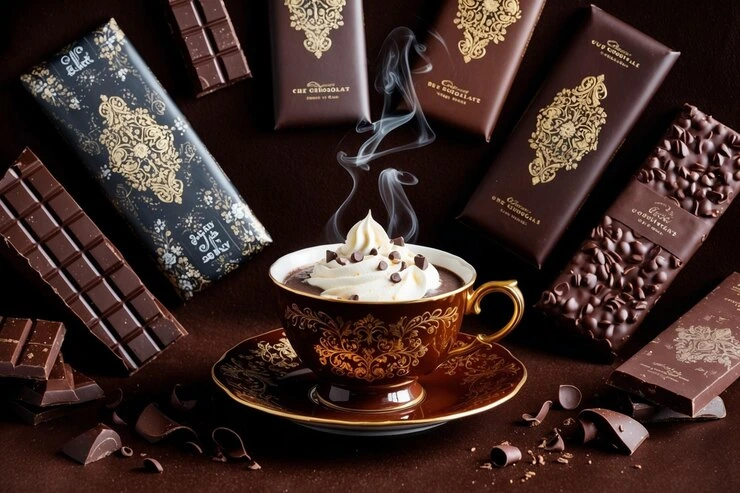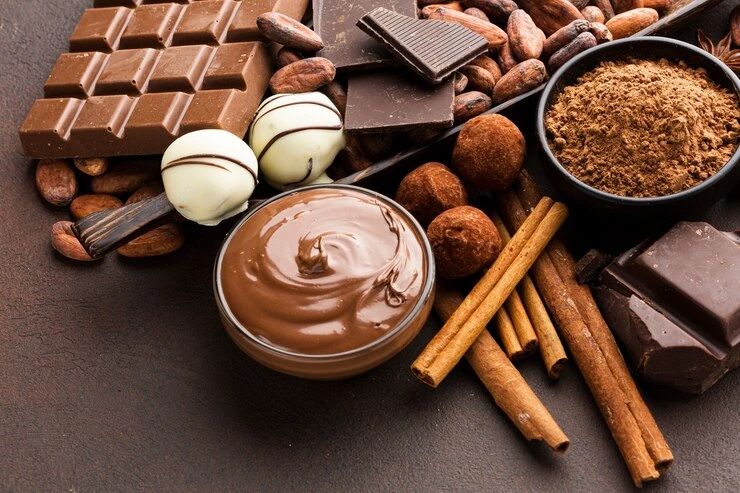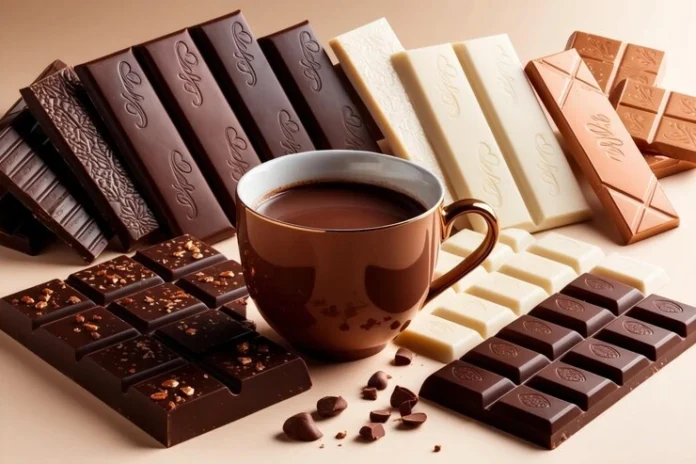Chocolate bars are more than just a treat; they’re a universal delight enjoyed by people of all ages across the globe. From simple milk chocolate to complex dark varieties with hints of exotic flavors, chocolate bars are a staple in the world of confectionery. With the industry constantly innovating, the number of chocolate bar varieties continues to expand, making it essential for both casual consumers and connoisseurs to understand what makes the best chocolate bar stand out. In this guide, we explore everything you need to know about chocolate bars, their history, varieties, and how to choose the best one.
The History of Chocolate Bars
The history of chocolate bars dates back to the early 19th century, when Joseph Fry created the first mass-produced chocolate bar in 1847 by combining cocoa powder with sugar and cocoa butter. This marked the beginning of the modern chocolate bar era. Over time, companies like Cadbury, Nestlé, and Hershey’s revolutionized the chocolate industry, introducing innovative flavors and marketing techniques that made chocolate bars a household name. These brands not only pioneered mass production but also made chocolate more affordable and accessible to the general public.
Popular Varieties of Chocolate Bars
There are countless varieties of chocolate bars on the market today, each offering a unique flavor profile and texture. The most common types include:

Milk Chocolate Bars
Milk chocolate is perhaps the most popular and widely consumed type of chocolate bar. It consists of a blend of cocoa solids, milk powder, and sugar, resulting in a creamy and smooth texture with a mild, sweet flavor. Brands like Cadbury Dairy Milk and Hershey’s Milk Chocolate are iconic examples of milk chocolate bars that have stood the test of time.
Dark Chocolate Bars
Dark chocolate is known for its rich, intense cocoa flavor and is a favorite among chocolate purists. With a higher cocoa content and lower sugar levels, dark chocolate offers a more bittersweet taste. It’s also hailed for its potential health benefits, as it contains antioxidants and is lower in sugar compared to milk chocolate. Popular dark chocolate brands include Lindt Excellence and Green & Black’s Organic.
White Chocolate Bars
White chocolate is made from cocoa butter, sugar, and milk solids but lacks cocoa solids, which gives it its characteristic creamy, buttery flavor. Though technically not “chocolate” by some definitions, it’s a beloved variety for those who prefer a sweeter, less intense chocolate experience. Milkybar and Ghirardelli White Chocolate are classic examples of white chocolate bars.
Flavored and Filled Chocolate Bars
In recent years, flavored and filled chocolate bars have surged in popularity. These include combinations like dark chocolate with sea salt, milk chocolate with caramel, or chocolate infused with fruit and nuts. Brands like Tony’s Chocolonely and Lindt have pushed the boundaries by experimenting with flavors like chili, orange, and even lavender.
How to Choose the Best Chocolate Bar
When selecting the perfect chocolate bar, several factors should be considered:
Cocoa Content
The cocoa content is crucial in determining the flavor intensity of a chocolate bar. Higher cocoa percentages (typically found in dark chocolate) will deliver a stronger, more bitter taste, while lower percentages result in a milder flavor, as seen in milk chocolate. For those seeking a more health-conscious option, dark chocolate with a cocoa content above 70% is recommended.
Ingredients
Quality ingredients are the foundation of a superior chocolate bar. Look for chocolate made with minimal ingredients, such as cocoa, cocoa butter, sugar, and natural flavorings. Avoid bars with artificial additives, preservatives, or excessive amounts of sugar.

Ethical Sourcing
With growing awareness around the ethical implications of chocolate production, more consumers are seeking out brands that support fair trade practices. Fair trade ensures that the cocoa farmers receive a fair wage and that the farming methods used are sustainable. Brands like Divine Chocolate and Equal Exchange are excellent examples of ethically sourced chocolate.
Texture
The texture of a chocolate bar is another critical factor in the overall experience. Whether you prefer a silky-smooth milk chocolate or a more complex, gritty dark chocolate with added ingredients, texture plays a significant role in your enjoyment. The process of tempering chocolate during production ensures a smooth, glossy finish and a satisfying snap when broken.
Health Benefits of Chocolate Bars
While chocolate bars are often considered indulgent, certain types can offer health benefits, especially dark chocolate. Here’s why:
Antioxidants
Dark chocolate is packed with antioxidants, specifically flavonoids, which help neutralize free radicals in the body. These antioxidants can contribute to improved heart health and reduced inflammation.
Mood Booster
Chocolate contains compounds like theobromine and phenylethylamine, which are known to elevate mood and increase feelings of happiness. This is why many people reach for a chocolate bar during stressful times.
Improved Cognitive Function
Studies have shown that consuming dark chocolate may improve cognitive function due to the presence of flavonoids, which increase blood flow to the brain. Regular consumption of small amounts of dark chocolate may also help reduce the risk of neurodegenerative diseases.
The Future of Chocolate Bars
As the demand for unique flavors and sustainable practices grows, the future of chocolate bars looks promising. Consumers are increasingly seeking out organic, single-origin, and vegan options that cater to specific dietary needs and preferences.

In response, chocolate companies are evolving to meet these demands by creating more innovative and eco-conscious products. Brands like Endangered Species Chocolate and Theo Chocolate are at the forefront of this movement, ensuring that chocolate production has a positive impact on both people and the planet.
Conclusion
In conclusion, chocolate bars are a versatile and beloved treat that has stood the test of time. Whether you’re a fan of milk, dark, or white chocolate, there’s a perfect bar out there for everyone. By understanding the varieties, ingredients, and ethical considerations, you can make informed choices that satisfy your sweet tooth while supporting sustainable practices. As the chocolate industry continues to innovate, we can expect even more exciting developments in the world of chocolate bars.




